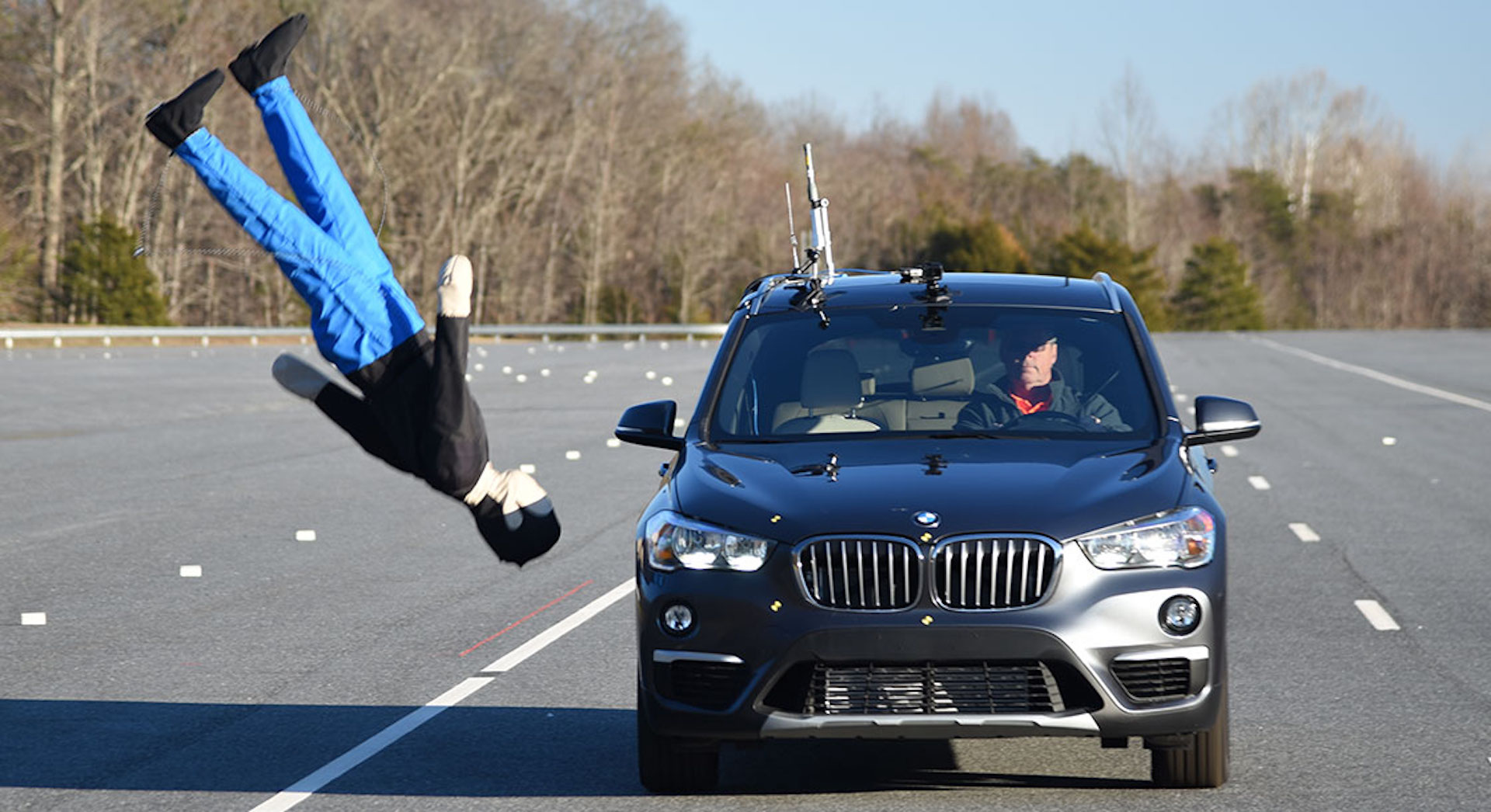GM, Stellantis lag rivals in equipping cars with standard automatic emergency braking

More automakers have complied with a voluntary pledge to equip 95% of the vehicles they produce with automatic emergency braking (AEB), the IIHS reported Friday. Ford and Honda, as well as their respective luxury brands, Lincoln and Acura, bring the number of automakers to 12 out of 20 to comply with the life-saving technology.
“With the Ford and Honda brands hitting the target, this essential safety feature is now on a huge number of affordable, top-selling vehicles,” IIHS President David Harkey said in a statement.
The other brands to meet the 95% threshold for light-duty vehicles before the Sept.1, 2022 deadline include Audi, BMW, Hyundai/Genesis, Mazda, Mercedes-Benz, Subaru, Tesla, Toyota/Lexus, Volkswagen and Volvo. Automakers such as Mitsubishi, Kia, Nissan, and Infiniti made big strides since last year, equipping about 90% of all 2022 vehicles produced with AEB.
Despite increases from last year, Jaguar Land Rover, Porsche, GM, and Stellantis remain behind. GM and Stellantis sell much greater volume of passenger cars, and their rate of standard AEB is conspicuous at 72% and 40% respectively. Analysts doubt they’ll reach compliance to the voluntary commitment made to the NHTSA by for the 2023 model year. A lack of compliance may force the slow-moving hand of the federal automotive safety agency.
“It is good news for consumers that city-speed AEB now comes standard across most models, but Stellantis, GM and the other lagging companies really need to pick up the pace,” David Friedman, vice president of advocacy for Consumer Reports, said in a statement. “The next step should be for NHTSA to set standards that ensure all automakers’ AEB systems work effectively at highway speeds and stop for pedestrians, cyclists, and other vulnerable road users both during the day and at night.”
An effective automatic emergency braking system prevents or mitigates impacts from rear-end collisions, and more sophisticated systems slow or stop cars from hitting objects peripherally, such as a child darting from parked cars into a street or a car speeding through a perpendicular intersection.
The IIHS predicts the standard technology will prevent 42,000 crashes and cut in half the number of rear-end crashes by 2025.
Rear-end collisions are the most common type of car crash, accounting for 32% of all types of crashes in 2019, according to data compiled annually by the NHTSA. That’s 10% higher than the next most common crash, an “angle” or T-bone crash.
In 2020, traffic fatalities accounted for an estimated 38,680 deaths, which was an increase of 7.2% from 2019 and the largest projected number of fatalities since 2007. Considering that Americans drove fewer miles due to the pandemic, the rate of fatalities per million vehicle miles traveled increased 20%, reversing a three-year downward trend. An increase in pedestrian fatalities, totaling 6,721, was the biggest contributor to the spike in overall traffic fatalities, according to the National Safety Council.
The mass-produced light-duty 2022 vehicles without standard AEB, by our findings, are as follows:
General Motors
Buick Encore
Chevrolet Camaro
Chevrolet Corvette
Chevrolet Malibu
Chevrolet Colorado
Chevrolet Silverado
GMC Canyon
GMC Sierra
Stellantis
Chrysler 300
Dodge Charger
Dodge Challenger
Dodge Durango
Fiat 500X
Jeep Gladiator
Jeep Renegade
Jeep Wrangler
Others
Subaru Impreza (AEB is standard with a CVT)
Subaru Crosstrek (AEB is standard with a CVT)
Subaru WRX (AEB is standard with a CVT)
Hyundai Accent
Hyundai Ioniq Plug-in Hybrid
Hyundai Kona
Kia Forte
Kia Niro hybrid
Kia Niro Plug-In Hybrid
Kia Soul
Mitsubishi Eclipse Cross
Porsche Macan
VW Taos

